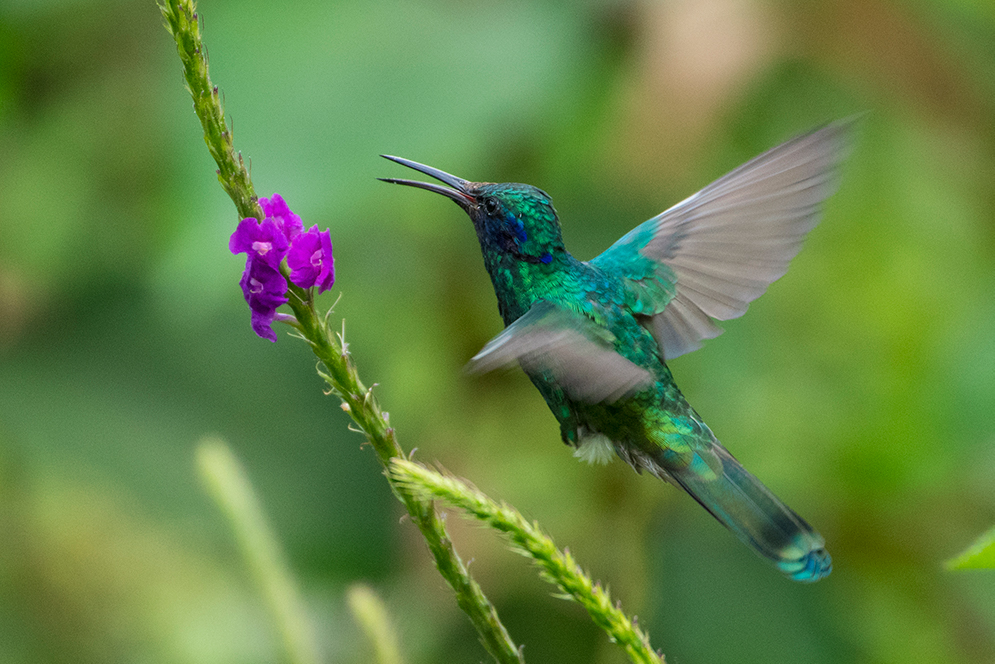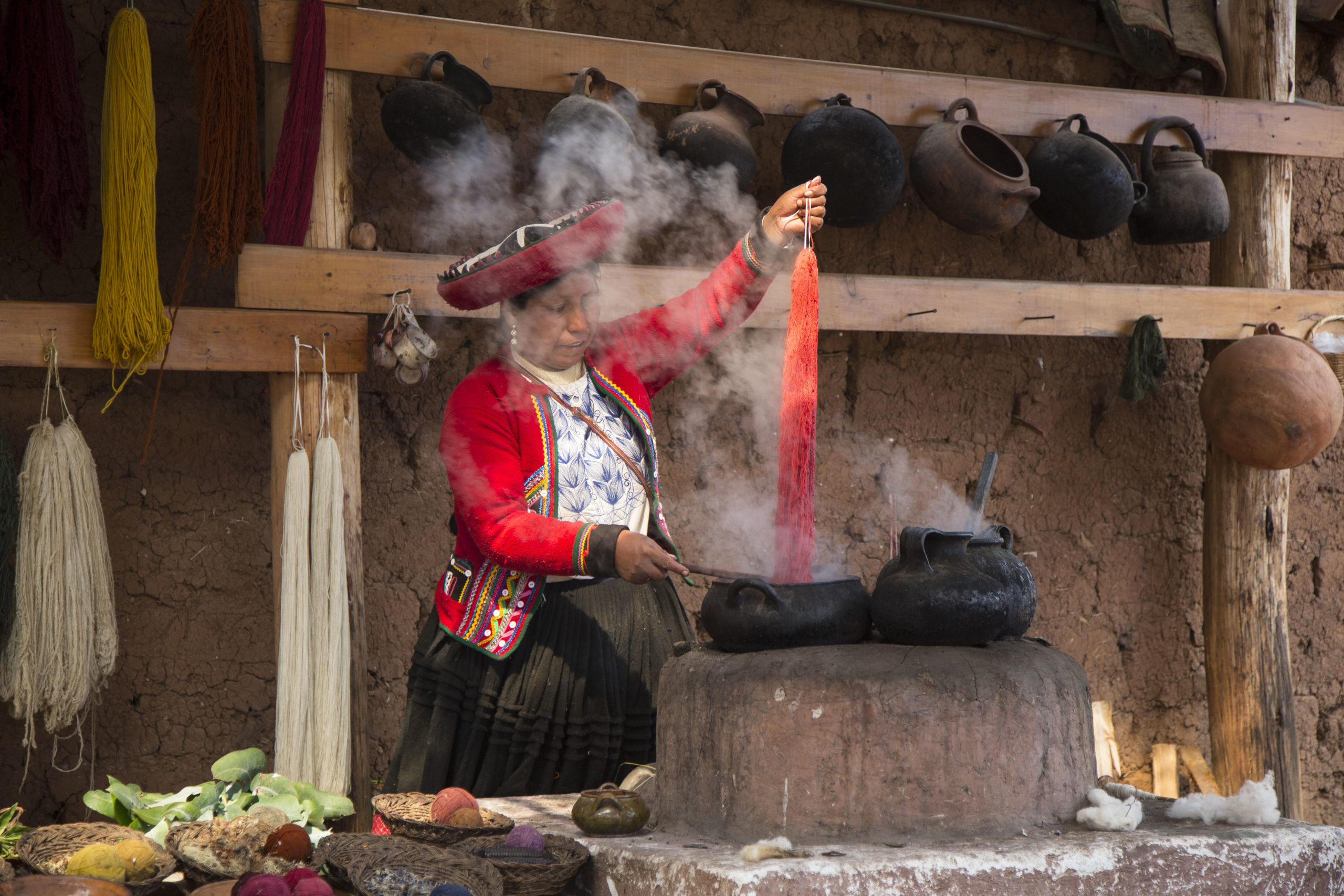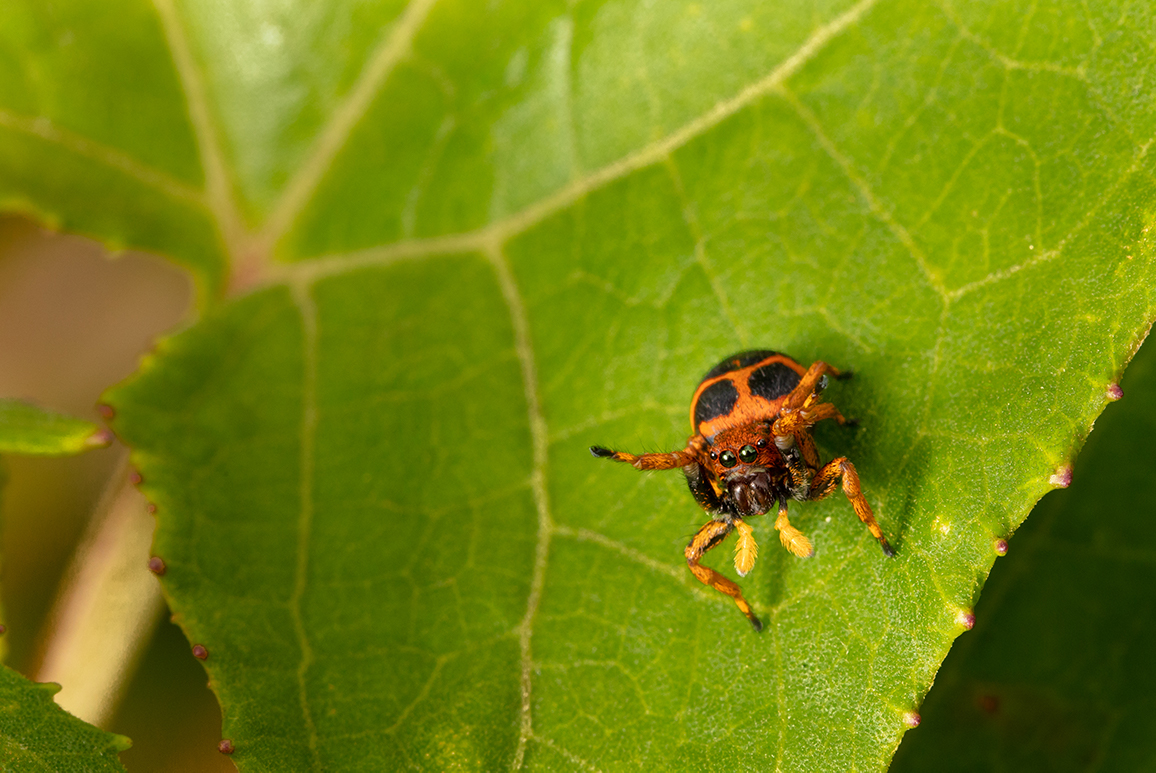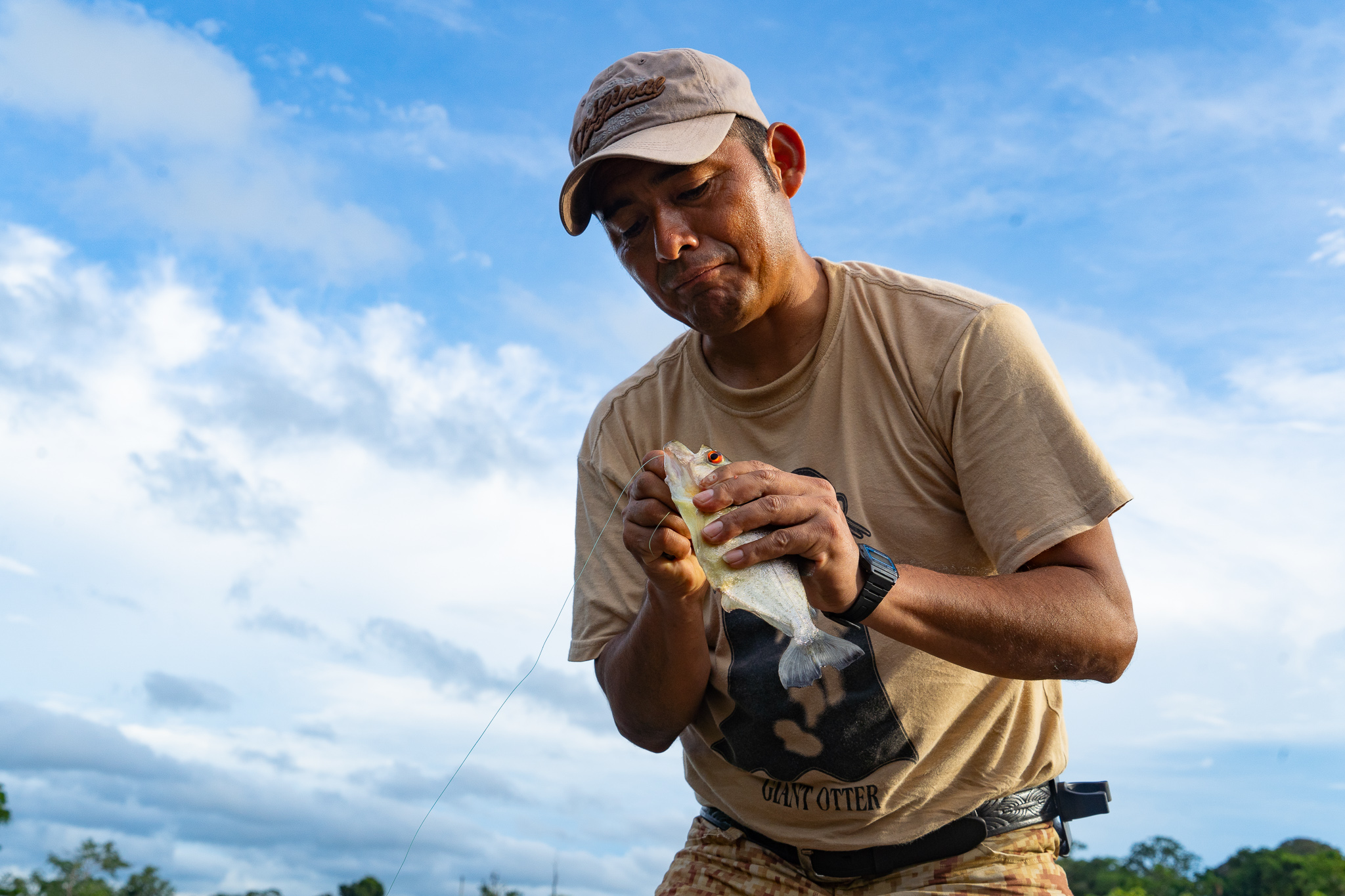Manu National Park Amazon Rainforest
A Photographic Journey Into the Amazon
Join Summit Workshops on an unforgettable, small, group trip deep into the heart of the Peruvian Amazon.
The Madre de Dios and Manu Regions of Peru are considered to be two of the most biodiverse environments on earth. They provide crucial habitat for over 1,000 species of birds, 14 species of primates, 150 species of mammals, and incorporate vast territory ranging from alpine plateaus, river basins, to tropical rainforest. The area is also home to several indigenous and ‘uncontacted’ tribes and is considered to be one of the most remote corners of the Amazon Rainforest.
In this workshop, you’ll be immersed in the landscape, history, and culture of the Amazon. We will begin our journey by exploring the Inca civilization in Cusco at the ancient city of Pisac. We will then drive over the top of the Andes and into the cloud forests of Cosñipata Valley. This is one of the most biodiverse valleys in the entire world and is a dream for macro photography, exotic birds, and the elusive Woolly Monkey.
From the mountains, we will drive into the Amazon Basin where we will follow the Madre de Dios and Manu River in motorized canoes. We will stay at riverside eco-lodges where we will spend our days watching hundreds of macaws, scouting for giant river otters, watching capybaras swim, and conducting night hikes in search of boas, anacondas, dart frogs, and tarantulas. This trip is like no other and offers an engaging blend of wildlife, culture, and conservation.
- Location: Manu, Peru
- Dates: November 2023
- Deposit: $3,000 / Tuition: $7,495
- Registration Deadline: July 2023
What To Know
- During this workshop, we will travel through some of the most breathtaking and pristine areas of the Amazon Basin.
- The photography opportunities are never ending, expect to fill your memory cards every day!
- Our itinerary is remote and will entail full-day air conditioned van rides on windy mountain roads, and 8-10 hours in a motorized canoe. The views are absolutely stunning and always changing, so the time easily passes.
- Temperatures will range from 40-95 degrees and we will spend two nights over 10,000 feet in elevation.
- All of the eco-lodges are first class and luxurious, but internet will be intermittent or not available for most of the trip. But not to worry, the incredible amount of wildlife you can watch and photograph from the front steps of your hotel rooms will make up for the lack of technology.
- While we will not hike more than a few miles each day, be prepared to carry telephoto lenses on rough terrain and in hot temperatures.
- Lima is a wonderful city to explore, consider arriving an extra day early to walk around the city and sample its world class cuisine. Summit can easily arrange an extra night at our arrival hotel to accommodate an early arrival.
- Spouse and companion discounts are available for this workshop! These discounts are for non-photographers who want to share in this amazing experience with you. Please contact us for more information.
To Register contact us at
- 303-209-8478
- [email protected]
Topics We Will Cover

Nature & Conservation Photography

Travel Photography

Macro Photography

Expedition Photography
2023 WORKSHOP INSTRUCTORS
Hear From Past Participants
Workshop Information & Itinerary
Trip Highlights
- Small Group Experience (7 Students, 2 Faculty)
- Visit Ancient Incan City of Sacsayhuaman
- Stay at a Private Eco Lodges
- Macro photography in Cosñipata cloud forests
- Conduct Night Hikes in Search of Nocturnal Animals
- Photograph from a canopy bridge in the cloud forest
- Photograph the Cock of the Rock
- Travel By Boat Into Remote Manu National Park
- Observe hundreds of macaws at a riverside clay lick
- Photograph from a platform at the top of a 300 foot tall tree
- Search For Jaguars, Giant Otters, Monkeys, Macaws, Parrots, and More
Costs Included In Tuition
- Hotels, Meals, Non-Alcoholic Drinks, Transfers, Entrance / Guide Fees, Domestic Flights, Local Guide Tips
- ***Due to the remote nature of this trip, most hotel rooms will be double occupancy if the trip completely fills (7 students, 2 faculty)
Not Included
- International Flights
To Register contact us at
- 303-209-8478
- [email protected]
Workshop Itinerary
Arrival day in Lima, Peru. Stay overnight in Lima, get a group dinner, and go over goals and itinerary of the trip. We strongly suggest you arrive a day earlier (July 14) to avoid travel delays.
Wake up early and fly from Lima to Cusco, the ancient capital of the Inca empire. We will spend the day exploring the UNESCO World Heritage City of Old Cusco and the Incan site of Sacsayhuaman located just outside the city. In the afternoon we will drive over the Andean altiplano to Wayquecha Lodge located high in the valley’s cloud forests in Manu National Park. This journey will take us out of Cusco, over the top of the Andes Mountains, and into one of the most biodiverse valleys on the planet. We will stop several times en route, in each of the various ecosystems as we cross over the Andes and begin the journey down towards the Amazon. The evening will be spend photographing hummingbirds, Andean foxes, and the stunning cloud forests surrounding the lodge.
After breakfast we will spend the morning exploring the cloud forests and photographing from the lodge’s private canopy bridge. After lunch we will hop back in the van and make our way towards the Manu Paradise Lodge further down the valley. Along the drive we will stop to photograph waterfalls and will keep an eye out for exotic birds such as Quetzals and Cock of the Rock.
We will wake up early and drive to a short distance in search of the spectacular Cock of the Rock. We will be here during mating season and will have the opportunity to witness up to 20-30 males performing their courtship display. We will photograph in the forest for the rest of the day and after dinner, head out on our first night hike in search of nocturnal animals!
The following three days will be spent at the Manu Paradise Lodge and around the Cosnipata Valley photographing birds, reptiles, amphibians, monkeys, and other large mammals. We will return to the Cock of the Rock lek at least one more time and will have the opportunity for after dinner night hikes every evening. Our exact itineraries these days will depend on what people are interested in photographing and where wildlife can be found.
Today we head into a new section of the magical Manu National Park. We will drive two hours through the rainforest to the port town of Atalaya. From here we will board a motorized canoe for a 5 – 7 hour trip deep into the Amazon down the Alto Madre de Dios River and eventually up the Manu River into the core of Manu National Park. We will stay at a riverside eco lodge with miles of jungle trails just outside.
For the next two days in the core of Manu will wake before the sun and be the first boat on the river to search for swimming tapirs, jaguars, and other early rising animals. During the afternoon we will float along oxbow lakes looking for otters, and exploring jungle trails for monkeys, birds, and other exciting animals. In 2019 we saw 8 species of primates in just two days at this location!
From Manu we will hop back in our boat for a 5 – 7 hour trip to the Tambo Blanquillo Private Reserve. During our boat journey we will have the chance to observe an abundance of wildlife along the river including Jaguars, Tapirs, Monkeys, and exotic birds.
Today will be spent at the Tambo Blanquillo Private Reserve traveling by boat and by foot to explore the region’s immense biodiversity. We will visit the macaw, parrot, and mammal licks, search for giant river otters, capybaras, monkeys, and jaguars. We will also spend an evening photographing sunset from an observation tower located hundreds of feet in the canopy.
Today we depart Manu, but the adventure isn’t quite over! Our journey out of the Amazon will take us on a 5 hour boat trip to Puerto Maldonado during which we will have a final chance to search for wildlife and landscapes to photographer before our departure. From Puerto Maldonado we will catch a late afternoon flight back to Lima where we will have a farewell dinner before parting ways.
Departures back to the US